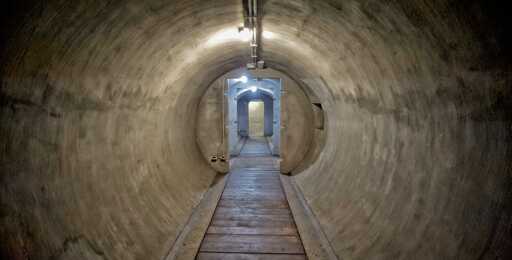Previously, a yield strength of 5,000 pounds per square inch (psi) was enough for concrete to be rated as “high strength,” with the best going up to 10,000 psi. The new UHPC can withstand 40,000 psi or more.
The greater strength is achieved by turning concrete into a composite material with the addition of steel or other fibers. These fibers hold the concrete together and prevent cracks from spreading throughout it, negating the brittleness. “Instead of getting a few large cracks in a concrete panel, you get lots of smaller cracks,” says Barnett. “The fibers give it more fracture energy.”



Strategic = Hiroshima getting obliterated
Tactical = The Imperial Palace is obliterated, but rest of Tokyo is mostly intact.
and housing becomes much more accessible too when buildings are intact but their inhabitants have much shorter lives because of radiation
Eventually, the radiation will be gone.
Hiroshima and Nagasaki are habitable now btw
“Eventually” might be a long time with radiation.
20 years after the Chernobyl disaster the level of radiation was still high enough to give you a good chance of cancer if you went to live there for a few years.
https://www.chernobylgallery.com/chernobyl-disaster/radiation-levels/
I don’t know how much radiation these “tactical” weapons release, but if it’s comparable to Chernobyl, even if the buildings were not originally damaged, I don’t know how fit they would be for living after being abandoned for 30 or 40 years.